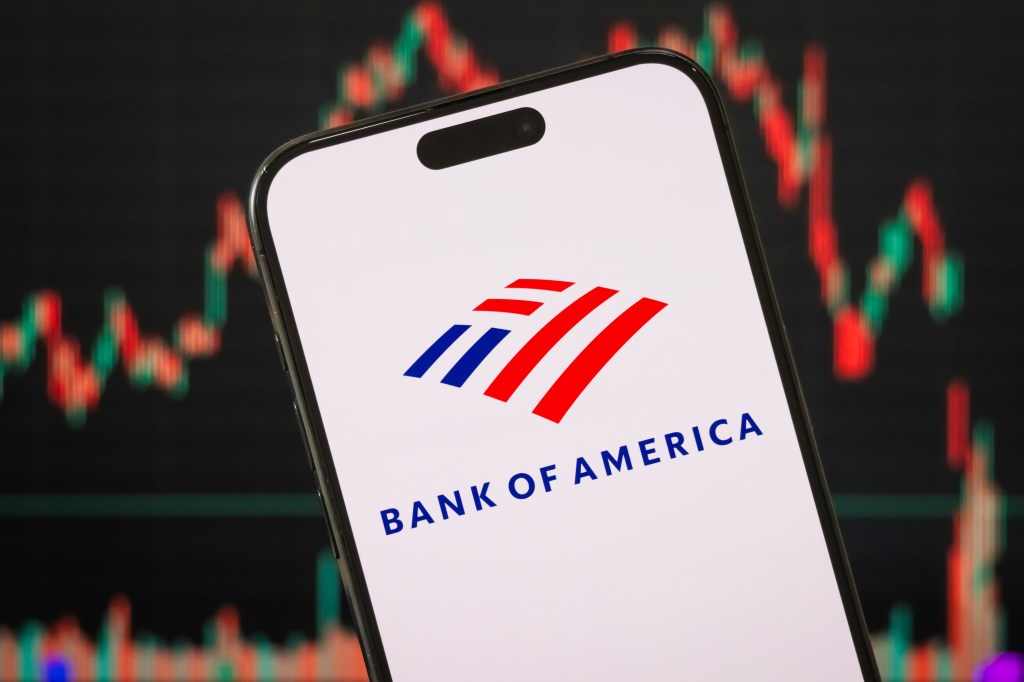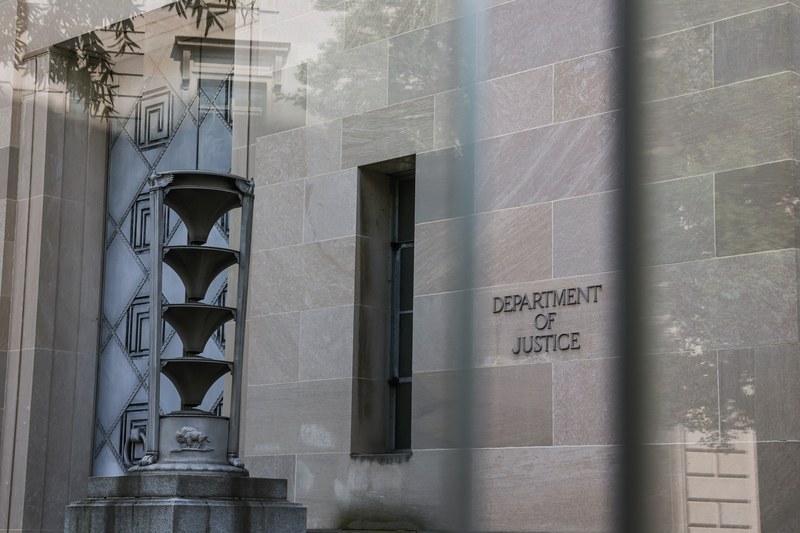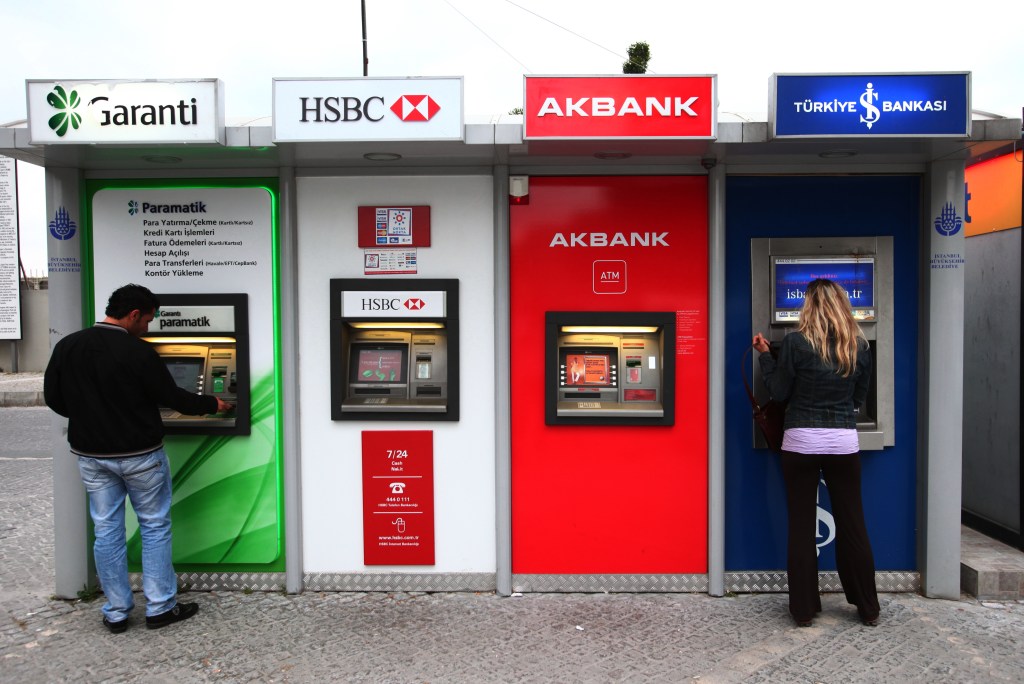Citi is launching a requirement for its private bankers to document client calls in order to boost its underperforming wealth management division, people familiar with the matter told the Financial Times.
Private bankers must connect at least once every 90 days and submit call reports detailing every conversation with clients, the sources said. The move comes right as the bank announced it is trimming headcount.
“Enhancing client experience is our number-one focus. Documenting and sharing client feedback is one way to ensure we’re delivering for them, and is a standard practice within Citi and across the industry,” a Citi spokesperson told the FT.
Some Citi employees have expressed their disappointment with the latest requirement, saying it was not a productive use of their time, sources familiar with the matter told the outlet.
In the past, the lender has asked its staff to file call logs for compliance reasons, but it was not a requirement that weighed into performance decisions. Many private bankers at competitor banks told the FT that their organizations have encouraged them to log calls, but this had not been mandatory.
Citi’s head of global wealth, Andy Sieg, issued the directive, telling employees he wants to sell more investment products to clients and charge fees to manage their assets, sources said.
US agencies can issue more effective guidance
The American Bankers Association (ABA) has issued a new white paper entitled Effective Agency Guidance: Examining Bank Regulators’ Guidance Practices, that is intended to help agencies issue guidance that complies with legal requirements while providing useful advice and information to regulated entities.
The ABA also sent letters to the Federal Deposit Insurance Corporation (FDIC) and Consumer Financial Protection Bureau (CFPB) in which the white paper serves as the foundation for comments on recently-issued guidance that the ABA believes would benefit from public input.
The white paper begins with a discussion of the legal requirements applicable to guidance, particularly those related to when agency action should be considered a legislative rule and be subject to the Administrative Procedure Act notice-and-comment process. It then discusses instances in which agencies have issued guidance consistent with those legal requirements and contrasts them with instances when the ABA believes the agencies deviated from those legal requirements.
The white paper concludes with recommendations for making agency guidance more effective and compliant with legal requirements.
Just a few of its recommendations include policies and procedures that:
- clearly define the term “guidance document” and identify the specific categories of guidance documents used by the agency;
- ensure that all guidance documents comply with all relevant statutes and regulations;
- require that all guidance documents identify or include: the term “guidance;” the date of issuance; a short title; a unique numerical identifier; the activity or entities to which the guidance applies; citations to applicable statutes or regulations; a statement indicating whether the guidance is intended to revise or replace previously issued guidance; a short summary of the subject matter covered in the guidance; and a clear and prominent statement declaring that the contents of the document do not have the force and effect of law and are not not meant to bind the public in any way.
- establish and maintain on the agency’s website a single, searchable, indexed, publicly accessible database containing all guidance documents issued by the agency and identifying whether they are still in effect.
BNPL popularity rising among ‘financially fragile’ consumers
A report released this week, How and Why Do Consumers Use ‘Buy Now, Pay Later’? offers more evidence that Buy-Now-Pay-Later plans are especially appealing to those who struggle to obtain credit, researchers wrote in a blog post. BNPL loan terms can vary, but the concept generally refers to interest-free loans paid in four or fewer installments.
The New York Fed authored the report, based on its latest study of consumers, saying BNPL users who are financially fragile “appear to have embraced BNPL as a regular payment option”. About 60% of that group have used BNPL five or more times in the past year, compared to just over 20% of financially stable consumers, the NY Fed said.
Financially fragile users are also tapping BNPL for smaller purchases, the NY Fed said. The majority of financially fragile users are turning to BNPL to make purchases under $250, while financially stable users are far more likely to use it for purchases between $1,750 and $2,000.
To be sure, the results were gathered before the holiday shopping season, when these programs in online shopping often spikes. But researchers flagged the frequency of use among the financially fragile as something to monitor.
“Given that BNPL use in the US has not been observed over a full business cycle, this factor will be particularly important to track, as households may turn to BNPL if their financial conditions worsen,” the NY Fed said.
Lessons learned from 2023 banking stress
On Wednesday, Fed Vice Chair for Supervision Michael Barr issued prepared remarks at a National Association for Business Economics conference.
Barr, who oversees the Fed’s supervision and regulation of banks, tried to downplay some current concerns. He said that while certain commercial office buildings may drop in value and pose problems for the banks with loans on those buildings, the issue would play out over time and would not pose an “acute” problem for the financial sector.
Referring to the failure nearly a year ago of Silicon Valley Bank, and the fears of a broader credit crunch that followed it, Barr said the financial system was “in much better shape than it was last spring”.
Citing similar concerns around recent troubles at the New York Community Bancorp, Barr said, “a single bank missing its revenue expectations and increasing its provisioning does not change the fact that the overall banking system is strong”.
“We see no signs of liquidity problems across the system,” Barr said.
And addressing the higher-than-expected inflation rate in January, Barr said it shows that the United States’ path back to 2% inflation “may be a bumpy one,” noting it was too early to be assured price stability will be restored without a significant blow to jobs or economic growth.
“It’s very early to say whether we end up with a soft landing or not,” Barr said, referring to the Fed’s hopeful outcome in which inflation returns to the Fed’s target without a large rise in the unemployment rate.

















